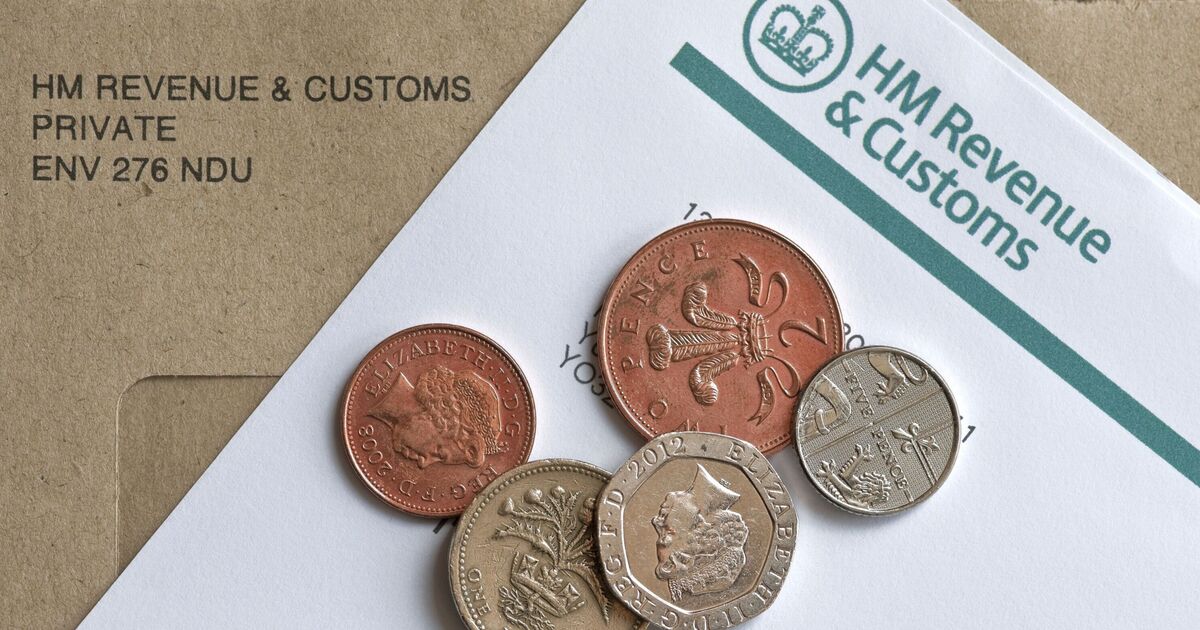UK savers face up to £360 HMRC tax bill after Cash ISA change | Personal Finance | Finance
Savers could lose as much as £360 per year each if Cash ISA rules were changed by Chancellor Rachel Reeves.
Rumours persist that the Chancellor is set to take aim at the tax-protected savings accounts in her March update, especially after she refused to deny that she will cut the amount people can deposit each year.
Finance firm Fidelity suggested that the current £20,000 deposit limit could be reduced down to just £4,000 a year, a figure which the Chancellor also refused to rule out.
Right now, savers can put £20,000 into an ISA each year and protect it from being taxed, even if they earn more interest than the Personal Allowance for their tax band would allow.
Those earning under £50,270 can earn £1,000 of interest (low earners taking home under 17k can earn even more than this thanks to another savings scheme), those earning over £50,270 can earn £500 of interest and those earning £125,000 can’t earn any interest. But in an ISA, all of those earners can earn as much interest as they want on the first £20,000 they save without paying any tax, regardless of their income or allowance bracket.
But if this Cash ISA limit was cut to £4,000, you could only have £4,000 in your Cash ISA.
Right now, several Cash ISAs are offering rates at around 4-5% – for example Trading212 has a cash ISA with a 4.9% rate, boosted to 5% if you meet certain criteria.
Assuming a rate of 5% per annum, if you were to put £20,000 in the ISA, you would make £1,000 of interest in a given year.
Under current rules, you would pay no tax on this at all as it’s protected from tax.
But if the rule was changed to a £4,000 limit, you would then keep the other £16,000 in a normal savings account. Assuming the same 5% rate for both, the £200 interest generated by the ISA would be tax-free, but the £800 generated by the normal savings would be subject to tax.
If you were a higher earner, you would then lose money because you can only earn £500 interest each year. This means you’d be taxed at 40% on £300 of the money, so you would be made to pay £120.
If you were a very high earner, you’d lose even more as you have no personal allowance – 45% of the full £800, or a £360 tax bill.
In the event that you earn more in interest on your savings than your income tax band’s Personal Allowance would permit, HMRC would then send you a tax bill and change your tax code to reclaim the money through PAYE.
Others who submit a self-assessment would need to declare the interest on their tax returns.
There is no way around this, because even if you failed to include it on your tax return, banks and building societies report your interest to HMRC automatically, so you would still be stung with the tax bill regardless.
Even those on the 20% tax band, earning under £50k, could still be taxed more.
If you had maxed out your cash ISA at £4,000, and had another £25,000 in savings not in an ISA making interest at 5%, you’d earn £1,250 of interest on it in a given year, which means you’d pay 20% interest on the £250 over the limit, or a £50 tax bill.
It has been suggested that the change would push people to make savings in stocks and shares ISAs instead, thereby boosting economic growth by putting more cash into the stock market. The downside to this is that stocks, while normally outperforming cash savings on average, do carry more risk and aren’t as immediately accessible, such as in times of market downturn, and can go down as well as up.
Asked about the potential limit change on Thursday, Rachel Reeves told broadcasters: “It’s really important that we support people to save to achieve their aspirations.
“At the moment, there is a £20,000 limit on what you can put into either cash or equities (ISAs) but we want to get that balance right.
“I do want to create more of a culture in the UK of retail investing like what you have in the United States, to earn better returns for savers.”

